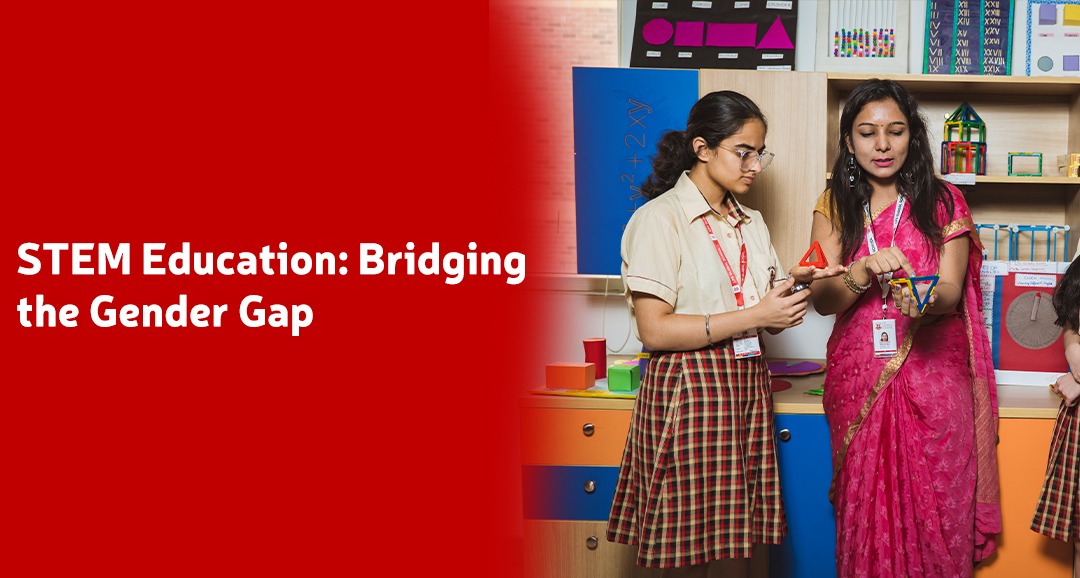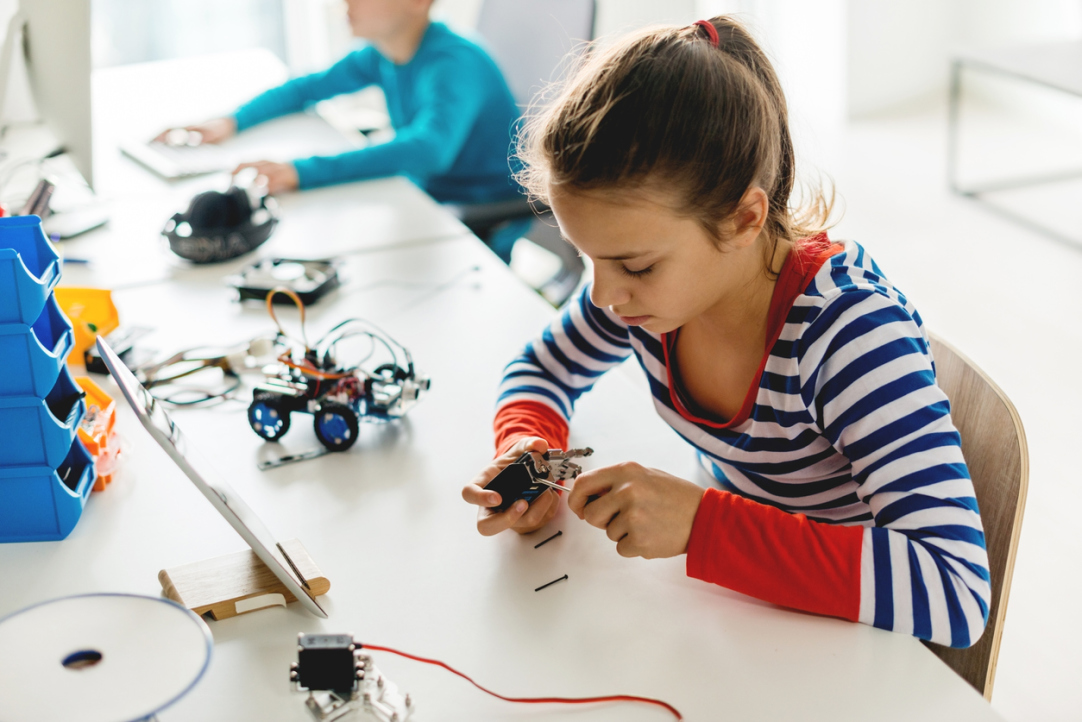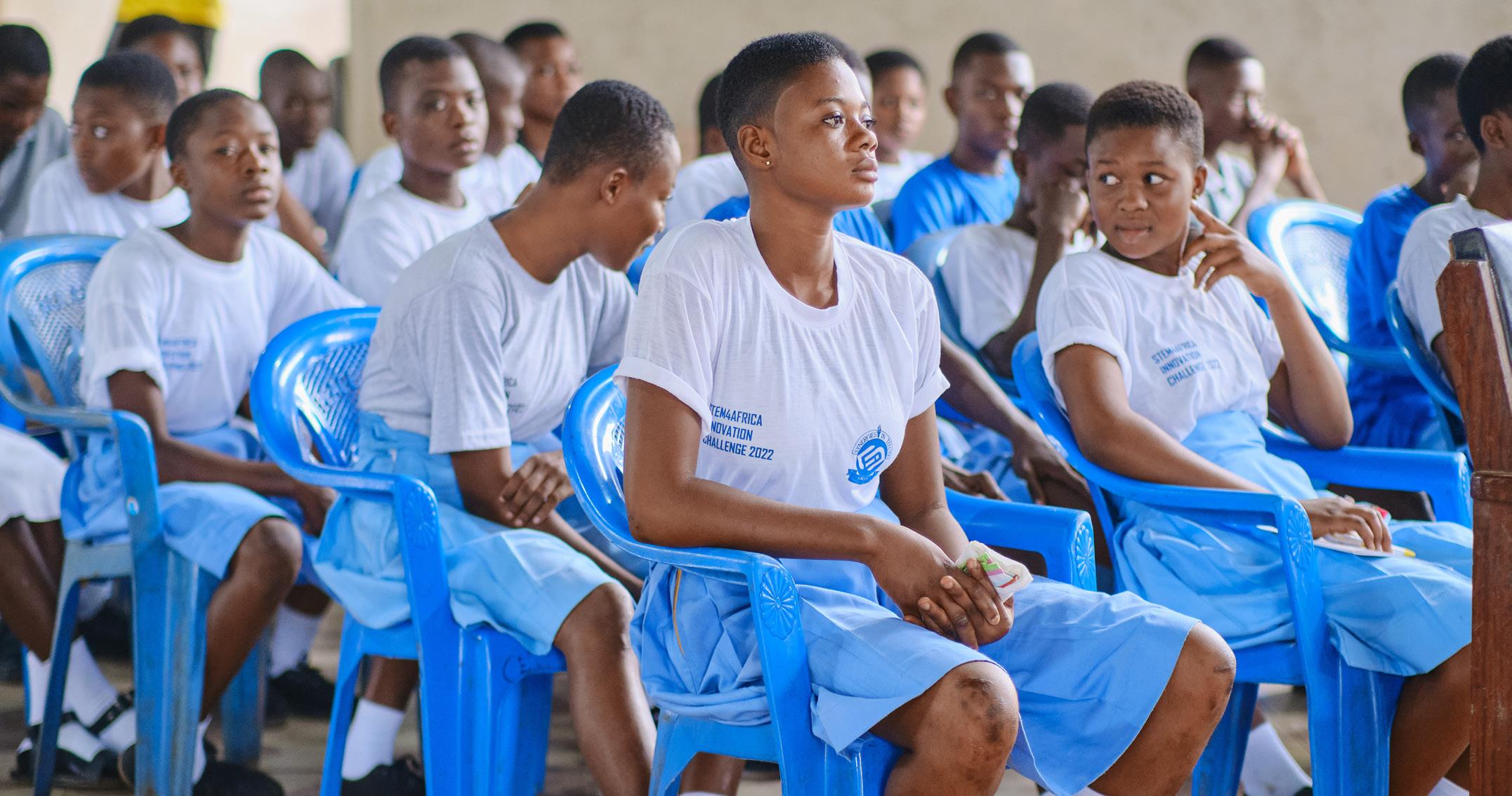Bridging the Gender Gap in STEM Education
 In the realm of Science, Technology, Engineering, and Mathematics (STEM), gender disparity remains a persistent challenge. Despite significant advancements in promoting gender equality, women continue to be underrepresented in STEM fields globally. This underrepresentation not only limits the potential of women but also hampers innovation and societal progress. Addressing the gender gap in STEM education is crucial for fostering diversity, equity, and excellence in these fields.
In the realm of Science, Technology, Engineering, and Mathematics (STEM), gender disparity remains a persistent challenge. Despite significant advancements in promoting gender equality, women continue to be underrepresented in STEM fields globally. This underrepresentation not only limits the potential of women but also hampers innovation and societal progress. Addressing the gender gap in STEM education is crucial for fostering diversity, equity, and excellence in these fields.
Understanding the Root Causes
The gender gap in STEM education is a complex issue influenced by a variety of societal, cultural, and institutional factors. Society often perpetuates gender stereotypes and biases regarding STEM fields. From a young age, girls are exposed to societal messages that suggest certain subjects or careers are more suitable for boys. This societal conditioning can discourage girls from pursuing interests in STEM and can lead to self-doubt about their abilities in these areas. Additionally, cultural norms and expectations may influence parental attitudes towards their daughters' educational and career choices, further reinforcing gendered perceptions of STEM. Stereotypes and biases play a significant role in dissuading girls from pursuing STEM interests. Media representations and societal narratives often portray scientists, engineers, and mathematicians as male, perpetuating the stereotype that STEM is a male-dominated domain. These stereotypes can create barriers for girls, leading them to perceive STEM fields as unwelcoming or inaccessible.
Stereotypes and biases play a significant role in dissuading girls from pursuing STEM interests. Media representations and societal narratives often portray scientists, engineers, and mathematicians as male, perpetuating the stereotype that STEM is a male-dominated domain. These stereotypes can create barriers for girls, leading them to perceive STEM fields as unwelcoming or inaccessible.
The scarcity of visible female role models and mentors in STEM exacerbates the gender gap by limiting girls' ability to envision themselves succeeding in these fields. Without relatable role models to look up to, girls may struggle to identify with STEM careers and may lack the confidence to pursue their interests in these areas. Additionally, the absence of mentorship opportunities deprives girls of guidance and support from experienced professionals who can help navigate the challenges of pursuing STEM education and careers.
Institutional barriers, such as unequal access to resources and opportunities, contribute to the perpetuation of the gender gap in STEM education. Factors such as limited access to STEM-focused programs, disparities in funding for schools and educational initiatives, and biased recruitment and promotion practices can hinder girls' participation and advancement in STEM fields. Additionally, the lack of support structures within educational institutions may further marginalize girls who express an interest in STEM.
Addressing these root causes requires a comprehensive approach that involves challenging stereotypes and biases, promoting female representation in STEM, providing mentorship and support networks for girls, and advocating for policies and initiatives that promote equity and inclusivity in STEM education. By addressing these underlying factors, we can work towards creating a more inclusive and equitable STEM landscape where all individuals have the opportunity to thrive and succeed.
Promoting Early Exposure and Encouragement
Introducing STEM concepts in early childhood education lays the foundation for future engagement. This can be accomplished through age-appropriate activities and games that involve problem-solving, critical thinking, and creativity. Hands-on experiments with simple materials can help young children explore scientific principles in a fun and accessible way. Incorporating STEM subjects into the curriculum from an early age ensures that girls are exposed to these fields alongside their peers. Integrating STEM concepts into subjects like math, science, and even art and literature can demonstrate the interdisciplinary nature of STEM and its relevance to everyday life.
Incorporating STEM subjects into the curriculum from an early age ensures that girls are exposed to these fields alongside their peers. Integrating STEM concepts into subjects like math, science, and even art and literature can demonstrate the interdisciplinary nature of STEM and its relevance to everyday life.
Providing hands-on learning experiences allows girls to actively engage with STEM concepts and develop practical skills. Science experiments, engineering challenges, coding activities, and robotics projects offer opportunities for exploration and discovery. By emphasizing experimentation and exploration, girls can develop confidence in their ability to tackle STEM challenges.
Schools and educational institutions can offer extracurricular activities and programs focused on STEM for girls. STEM clubs, maker spaces, and coding workshops provide additional opportunities for girls to explore their interests outside of the traditional classroom setting. These activities foster a sense of camaraderie and community among like-minded peers and offer a supportive environment for girls to pursue their passions in STEM.
Engaging parents and the broader community is essential for promoting early exposure to STEM. Providing resources and workshops for parents on how to support their children's interest in STEM at home can reinforce learning and encourage continued exploration. Community events, such as science fairs and STEM festivals, showcase the excitement and possibilities of STEM fields and inspire girls to pursue further education and careers in these areas.
Introducing girls to female role models and mentors in STEM is invaluable for shaping their aspirations and ambitions. Inviting women working in STEM professions to speak at schools or mentorship programs exposes girls to diverse career paths and demonstrates that success in STEM is attainable. Mentorship programs pair girls with mentors who can provide guidance, encouragement, and support as they navigate their educational and career journeys in STEM.
By implementing these strategies, educators and stakeholders can effectively promote early exposure and encouragement to girls in STEM, laying the groundwork for future success and narrowing the gender gap in these fields.
Creating Supportive Learning Environments
 Creating supportive learning environments is essential for retaining girls in STEM education. Teachers and educators play a pivotal role in fostering inclusive classrooms where all students feel valued and supported. Encouraging collaborative learning, providing mentorship opportunities, and offering extracurricular activities such as STEM clubs can help create a sense of belonging for girls in STEM fields.
Creating supportive learning environments is essential for retaining girls in STEM education. Teachers and educators play a pivotal role in fostering inclusive classrooms where all students feel valued and supported. Encouraging collaborative learning, providing mentorship opportunities, and offering extracurricular activities such as STEM clubs can help create a sense of belonging for girls in STEM fields.
Empowering Female Role Models
The visibility of female role models in STEM is crucial for inspiring the next generation of female scientists, engineers, and mathematicians. By showcasing the achievements and contributions of women in STEM through media, outreach programs, and guest lectures, girls can see themselves represented in these fields. Additionally, mentorship programs connecting female students with successful women in STEM can provide invaluable guidance and support.
Addressing Implicit Bias and Stereotypes
Addressing implicit bias and stereotypes is essential for creating an inclusive STEM culture. Educating teachers, parents, and stakeholders about unconscious biases and challenging gender stereotypes can help dismantle barriers to girls' participation in STEM. Providing training on inclusive teaching practices and implementing bias-free recruitment and promotion policies can contribute to creating a more equitable STEM environment.
Expanding Access to Resources and Opportunities
Ensuring equal access to resources and opportunities is critical for narrowing the gender gap in STEM education. This includes providing scholarships, internships, and apprenticeships specifically targeted at girls and women in STEM. Additionally, initiatives aimed at increasing access to STEM education in underserved communities can help diversify the talent pipeline and promote greater inclusivity in STEM fields.
Conclusion
 Bridging the gender gap in STEM education requires a concerted effort from educators, policymakers, industry leaders, and society as a whole. By addressing the root causes of gender disparity, promoting early exposure and encouragement, creating supportive learning environments, empowering female role models, challenging stereotypes, and expanding access to resources and opportunities, we can cultivate a more diverse, equitable, and inclusive STEM workforce. Together, we can unlock the full potential of all individuals and drive innovation and progress for generations to come.
Bridging the gender gap in STEM education requires a concerted effort from educators, policymakers, industry leaders, and society as a whole. By addressing the root causes of gender disparity, promoting early exposure and encouragement, creating supportive learning environments, empowering female role models, challenging stereotypes, and expanding access to resources and opportunities, we can cultivate a more diverse, equitable, and inclusive STEM workforce. Together, we can unlock the full potential of all individuals and drive innovation and progress for generations to come.
































































